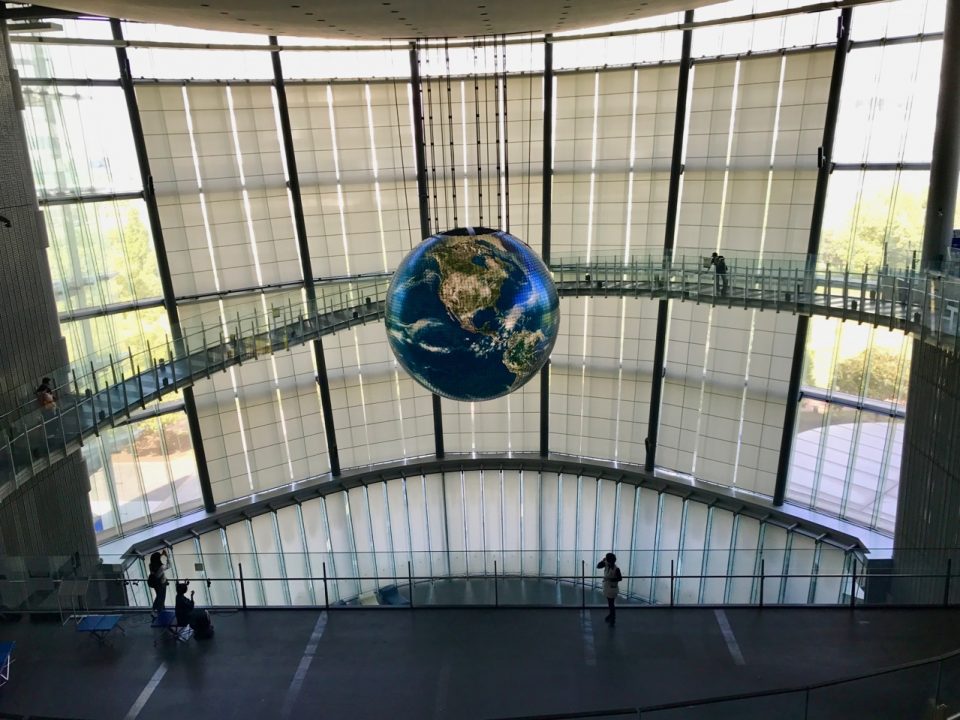Back from LPSC (what is that?)
from AO to NGAO (part I)
March 20, 2009Visit at AMNH (what is that?) :-)
April 13, 2009First of all sorry for the long absence, since I updated my SAFARI to the 4beta version, I lost capabilities to access and write this blog. So I switched back to Firefox. I should have waited the final version of Safari instead of becoming a beta tester…
End of March is a busy month for astronomers who want to access to telescopes. All the deadlines for Fall-Winter 2009-2010 telescope time are concentrated during this period. This year I decided to focus on a few proposals aimed at studying binary asteroids instead of submitted a lot of them. Quality vs Quantity let’s see in a few months if this strategy will pay off.
On the top of that, I went last week to the LPSC (Lunar and Planetary Science Conference). It was the first time I attended this conference which attract a lot of planetary scientists all around the world. This was the 40th session of this annual conference, and because of the success of the previous ones they decided to relocate to the North of Houston, TX, in a small suburb city called The Woodlands. Frankly, the place is by far not as interesting than the other conferences I generally attended, but I was pleasantly surprised by the crowd of scientists and by the dynamic of this group. Less politic, more science: a perfect combination.
I discovered that over the past two years, the Moon became again the center of attention of a lot of people in our field. This is partially due to the NASA Lunar Initiative decided by the previous US administration. It is also driven by new countries which are entering in the “space club”. Two special oral sessions (program is here and here) were dedicated to the missions Kaguya, Chang’e-1 and Chandrayaan-1, under the responsibility of Japan, India, and China respectively. These missions are successfull and various scientists from these countries presented the impressive results. It is worthy to mention that some instruments on board were developed by US or European laboratories, so this is a way to improve the efficiency of these missions but also the collaborations between countries. A second phase of missions are now in development and these countries are also considering collaborations between them. A new space industry is growing in Asia and this is a good new for us since more instrument and mission opportunities will be available soon.
After that trip, I flew to New Yor City where I gave a talk at the American Museum of Natural History, but this is a post for tomorrow…
FInd below, materials describing the Kayuga, Chang’e-1 and Chandrayaan-1.
Enjoy
F.
Chandrayaan-1 description from the Planetary Society blog
Change-1 description from the Planetary Society blog
Kayuga (SELENE) description from the Planetary Society Blog



1 Comment
[…] April 3rd I wrote a post describing the LPSC conference session about the Moon exploration which contains a large part […]